
10. Zuko Alone (2×07)
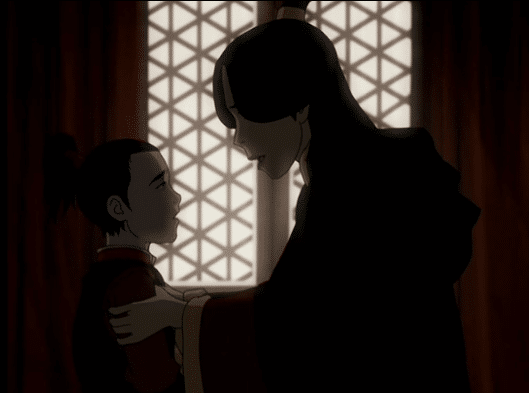
A Zuko-centric neo-Western episode that sets him up as the mysterious lone wolf outsider who just rode into town? Uh, yes please. The TV gods were shining down on us the day this one was written. This time it’s Earth Kingdom soldiers who are bullying the locals in the dusty town where they’re stationed, and Zuko isn’t having it. He meets a boy named Lee whose older brother is away at war, and the family shows him unexpected kindness. News of Lee’s brother’s capture throws the family into a state of anxiety, and Zuko’s attempt to leave town is challenged when the soldiers capture Lee. “You’re not soldiers, you’re bullies,” he tells them. “Freeloaders abusing your powers, mostly over women and kids.” A:TLA often shows the effects of violence through small stories like these, and this time the writers make it clear that neither side of a war is innocent when the innocents end up exploited. This is also one of the series’ most powerful flashback episodes: a series of well-timed memories outline Zuko’s mother Ursa’s disappearance, Uncle’s breakdown following the death of his son, and Ozai’s questionable ascent to the throne. Unfortunately, the series never got to solve the mystery of Ursa, but an incredible comic book arc titled The Search concluded that storyline post-finale.
9. The Storm (1×12)
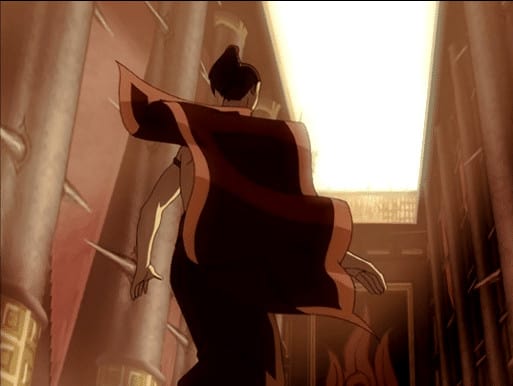
A pair of dramatic origin stories deepen our understanding of Zuko and Aang in “The Storm,” a fan favorite episode that stands out even in a series full of standouts. Sidelined by a massive storm, Aang tells Katara about the day he learned that he was the avatar. Most avatars learn of their destiny on their 16th birthday, but Aang was only 12 when the air nomads decided he needed to know the truth. Clouds of war were looming on the horizon, they said, and he was their only hope to stop it. The kid panicked and ran away, then, caught in a similar storm, entered the avatar state where he stayed frozen for a century. The weight of his peoples’ extinction weighs heavy on Aang, who secretly feels unqualified all the time. It’s avatar-status imposter syndrome, and there’s no one left alive to comfort him, though in the dark of night, Katara tries. Meanwhile, Uncle Iroh recounts the story of Prince Zuko’s scar to their ship’s crew. While Aang’s angst isn’t entirely a surprise, this is a breakthrough episode that reframes Zuko’s anger and desperation within the context of a shocking abusive relationship. As an overeager young boy, Zuko speaks out against a general at a war meaning. He’s challenged to an Agni Kai, a dangerous one-on-one firebending duel, and accepts. In a tragic slow-motion sequence, Zuko realizes that he won’t be forced to fight the general, but his own father. He refuses and is burned by Ozai as a result. We’ll never look at his scar the same way.
8. The Southern Raiders (3×16)
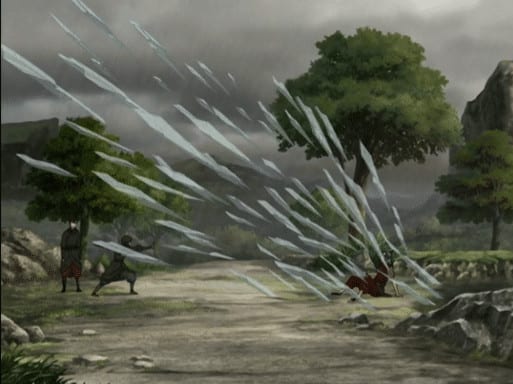
This pre-finale episode is also known as that one where Katara almost commits murder. Sacrifice, forgiveness, vengeance, and restraint are the themes that swirl around this fast-moving story, which ultimately satisfies in a way that gives the great revenge movies a run for their money. Katara still doesn’t trust Zuko, and when he asks what he can do to help, she sarcastically says that if he really cared, he’d bring back her mother. From there, things escalate quickly when Zuko locates the man he thinks is responsible for Katara’s mother’s death. The two leave in search of him against Aang’s better judgement, and eventually track him down as the sky turns stormy. The day of Kya’s death is first remembered by Katara, then the memory is revised by her killer. In an eleventh-hour heartbreak, Katara learns that Kya died protecting her, as she told the raiders that she was the last waterbender in order to save her young daughter. Even more surprising? Kya’s killer is just a person, a nervous, pathetic old man who lives with his nagging mother and is in no way an obvious bad guy. The face of evil, A:TLA teaches us, isn’t obvious and easy to spot: sometimes it’s just any old face. In the end, Katara decides not to kill the old man, and Aang praises her for forgiving him. She responds with an important distinction: she didn’t forgive him, she just didn’t kill him.
7. The Blue Spirit (1×13)
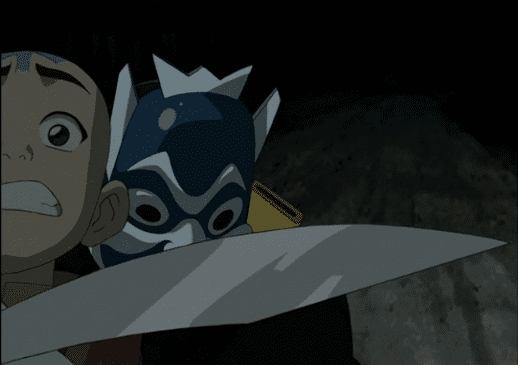
A singularly thrilling episode of television, “The Blue Spirit” starts out silly and ends up incredible. When Katara and Sokka fall sick after the storm, Aang searches for medicine and meets a strange cat lady who tells him to give them frozen frogs. All of this is irrelevant to the famous latter half of the episode, which is a gorgeously choreographed, nearly wordless extended action sequence during which a now-captured Aang is aided and then threatened by a silent, masked man. Something about this episode transcends simple description; it’s appealing and satisfying on an instinctual level, and dissecting its best elements–the thrilling score, the fluid animation, the stellar pace–only does so much in comparison to the actual viewing experience. One excellent part can be pinned down, though: in the end, the Blue Spirit is incapacitated Aang realizes the man helping him was Zuko, and this epiphany opens up a whole new world for the series that’s loads more interesting than a regular hero/villain dynamic. As Zuko comes to, Aang calmly relates a story about a friend he had in the fire nation a hundred years ago. “If we knew each other back then, do you think we could’ve been friends too?” he asks, and the earnest question echoes throughout the rest of the series.
6. Tales of Ba Sing Se (2×15)
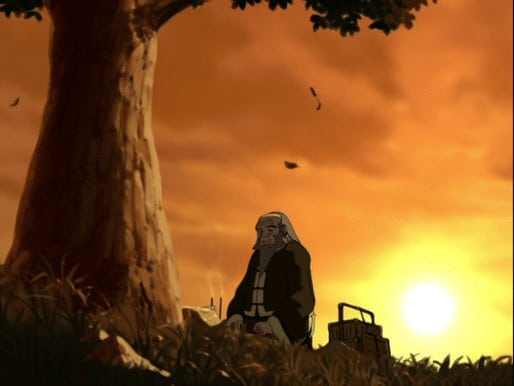
Each short story featured in this episode is deserving of praise, but it wouldn’t be this high on the list without The Tale of Iroh. Unfailingly decent Uncle Iroh’s story follows him through a day in the city, during which he helps a flower bloom, a young boy stop crying, and a wannabe mugger work through his problems. The Mr. Rogers of the Avatar universe, Iroh’s touching backstory has always fallen under the radar. He was once an honored member of the fire nation army, dubbed the Dragon of the West, but retired for a life of peace when he got news of his son’s death. At the end of his tale, we see Iroh making a shrine to the late Lu Ten, a young man who we never meet but see as a frequent ghost in the way Iroh looks at Zuko. The sudden moment of heartbreak is doubled by a line that puts his whole character into context: “If only I could have helped you.” Uncle’s whole life since that day has been an atonement, and the joy he’s brought to countless people still isn’t enough to keep him from breaking down as he sings a song for his son’s birthday. The tale is dedicated to Mako, Iroh’s original voice actor who passed away before the series ended. The entire story takes place in just over four minutes, but twelve years later the familiar tune still brings tears to the eyes:
“Leaves from the vine
Falling so slow
Like fragile tiny shells
Drifting in the foam
Little soldier boy
Come marching home
Brave soldier boy
Comes marching home.”
5. Crossroads of Destiny (2×20)
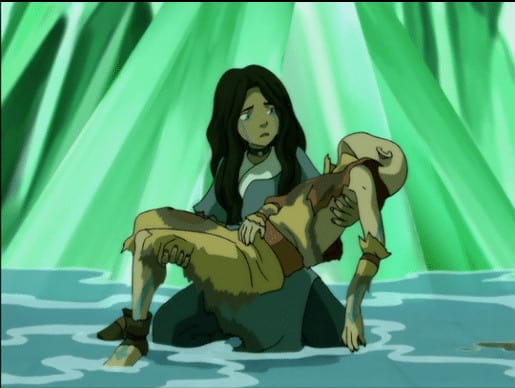
As we enter the final stretch of episodes, it’s worth stating again that the people behind Avatar can make a damned good finale. “Crossroads of Destiny” is no exception: the final chapter of book two pulls together disparate storylines to create a story that’s brimming with energy and metaphysical significance. It’s also a crushing loss for the good guys. Azula pulls off a coup and reaches full Cersei Lannister status, reveling in her equivalent of the Game of Thrones baddy’s “Power is power” demonstration. Elsewhere, Uncle and Aang finally meet, and Katara reimagines the face of the enemy once she gets to know Zuko on a more personal level. The final showdown is as climactic as it gets; Iroh and Azula pull Zuko in opposite directions, and when he finally decides to side with his sister, it’s clear that the cowardly act of betrayal leaves him with a bad taste in his mouth. After a sequence of impressive and exhausting bending, Aang tries to enter the avatar state and is struck down by Azula’s lightning bold. As the group flees the scene and looks back at the untempered destruction, the king proclaims, “The Earth Kingdom has fallen.”
4. Sozin’s Comet Part 2: The Old Masters (3×19)
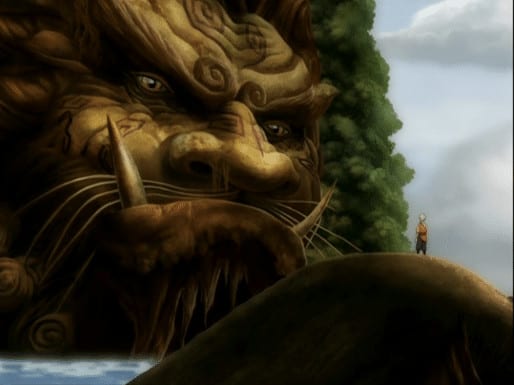
While Aang is MIA, off getting cryptic advice from a giant lion turtle, his friends are putting together a powerful team of benders and non-benders alike. The Order of the White Lotus is finally revealed as a secret organization that fights for peace and justice across national boundaries, and many of the wise elder characters from episodes past–including Uncle Iroh, Master Pakku, Jeong Jeong, King Bumi, and Master Piandao–come together to protect the Earth Kingdom from Ozai’s fury. The episode’s most significant scene features a reunion between Iroh and Zuko that will have even the most hard-hearted A:TLA fans tearbending. Zuko is certain he’s burned through all his chances with his uncle, and waits overnight for an inevitable confrontation. When Iroh wakes up and sees his nephew, all is forgiven without question. Iroh shares his destiny with Zuko; he wasn’t meant to take Ba Sing Se after all, he says, but take it back. And it’s Zuko’s destiny, not Iroh’s, to become firelord when Ozai and Azula are unseated. The realization feels like a shock for both us and Zuko, but we know now more than ever that he’s grown into the right man for the job. With the end looming near, Aang is still absent, but his full-hearted team of allies is ready to propel us into the final showdown.
3. The Day of Black Sun: The Eclipse (3×11)
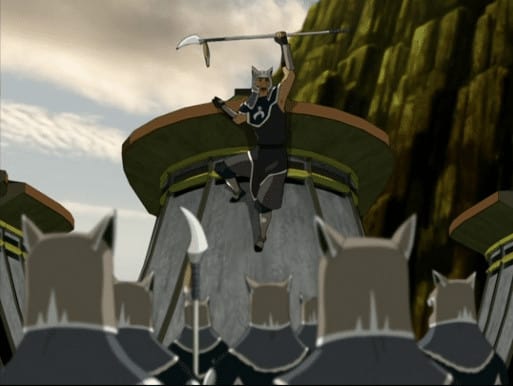
Like “Crossroads of Destiny,” the eclipse battle ends unsuccessfully. But while that episode paused for breath, this one’s an adrenaline-fueled emotional roller coaster that gives every main character a chance to shine. None shine more than Zuko, who confronts his father in a nerve-wracking showdown that’s years in the making. He stands up to Ozai during the eight-minute eclipse, which prevents the firelord from using bending, and spits out all the words he’s spent a lifetime too afraid to say. To recap: the fire nation’s regime and the essentialist attitude that goes with it is bullshit, Iroh is like a father to him, Aang’s alive, and he’s joining Team Avatar. Ozai, ever the manipulator, taunts him with the truth about Ursa, but Zuko doesn’t take the bait and leaves before his father is able to regain his power. Elsewhere, Toph saves lives left and right with her earthbending sight, Sokka leads the forces when his father is sidelined by an injury, and Aang struggles not to fall for Azula’s tricks. In the end, the Southern Water Tribe army is taken as prisoners of war, and the team leaves to regroup. Though every moment of this episode is meticulously crafted and breathtakingly exciting, the intercut scenes of Zuko, transforming from a self-pitying victim to the man who would be firelord in front of our eyes, make it one of the greats.
2. Sozin’s Comet Part 3: Into the Inferno (3×20)
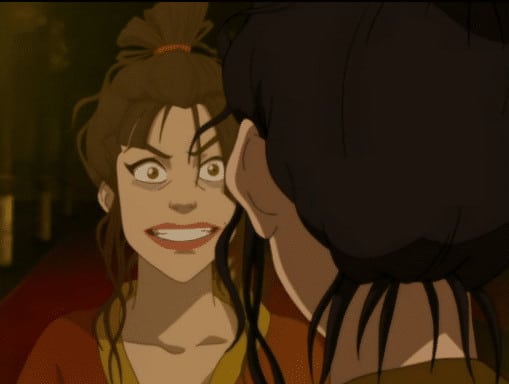
There’s no forgetting the mad princess Azula. Zuko’s sister descends into psychosis swiftly and menacingly while awaiting her coronation, and the unsettling results are no doubt seared in viewers’ memories. It starts with a cherry pit she thinks was meant to choke her, and turns into full-blown paranoia based in part on Ty Lee and Mai’s recent betrayals. Soon, the formerly unsympathetic character is seeing visions of her mother, who remembers her as the decent girl she could have been, and we’re left feeling pitying, scared, and disturbed all at once. By episodes end, she’s locked in a ruthless, seemingly endless fight with Katara and Zuko, before finally striking her brother down with lightning when he tries to defend Katara. Simultaneously, Aang has come face to face with the firelord, while Suki, Sokka, and Toph are doing their best to bring down an entire army of fire nation airships. The episode is a feat of storytelling that leaves us with near-constant goosebumps as it barrels toward the series conclusion. Much of its impact should be credited to the soundtrack by Jeremy Zuckerman and Benjamin Wynn, a live orchestral accompaniment that infuses every moment with weight and produces visceral, whole-body responses to each and every beat change.
1. The Siege of the North Part 2 (1×20)
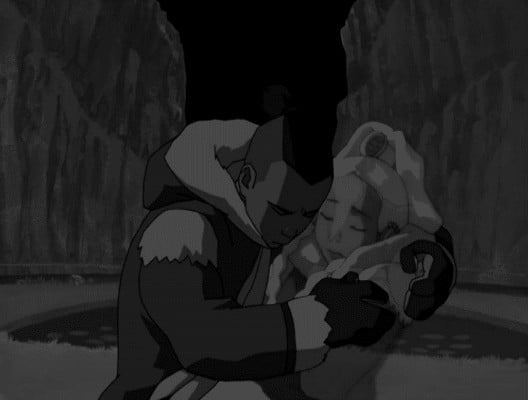
Few war stories have ever been told with as much creativity, empathy, and attention to small acts of heroism and radical selflessness as Avatar: The Last Airbender. Few episodes of television can surprise, delight, and move a person as often and deeply as those written for this masterpiece series, which burned bright and fast and left a mark on millions of viewers. “The Siege of the North” is a culmination of all the best Avatar has to offer: it’s exciting, big-hearted, and emotional, with bold storytelling about decent people trying their best to help one another. While Aang is in the spirit world confronting hypnotic and eerie Koh the Face-Stealer, Zuko is having a crisis of conscience, admitting to himself that he’s only capturing the avatar because he’s never been taught that he was worth anything more. In the end, it’s Princess Yue who makes the necessary sacrifice for her people, giving her life back to the moon spirit who blessed her at birth. After disrespecting the spirits, stubborn Zhao refuses help and falls to his death. And when avatar state Aang takes on the form of a water monster and begins demolishing enemy forces, the water tribe bows down to him like a god. It’s messy and upsetting and even though the Northern Water Tribe comes out victorious, their home is destroyed. There are no real winners here, but then, if A:TLA’s taught us anything, it’s that in war there never are.
Related Topics: Animation, Editor's Picks

